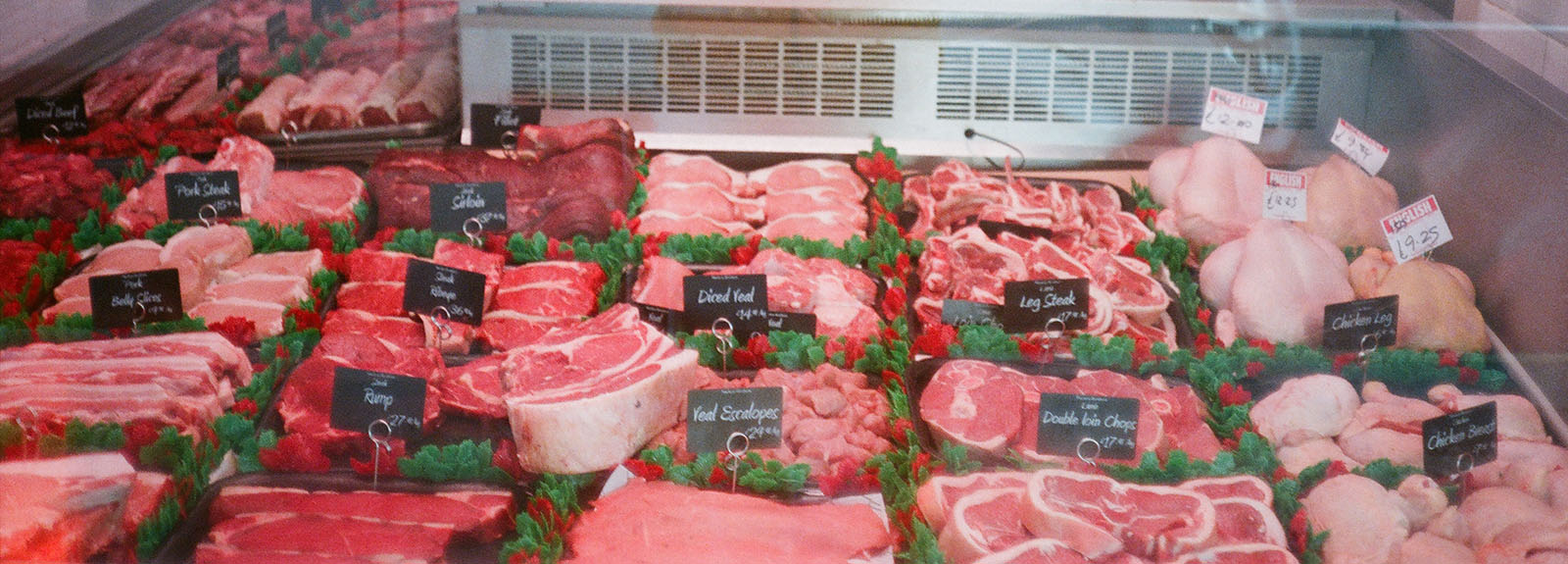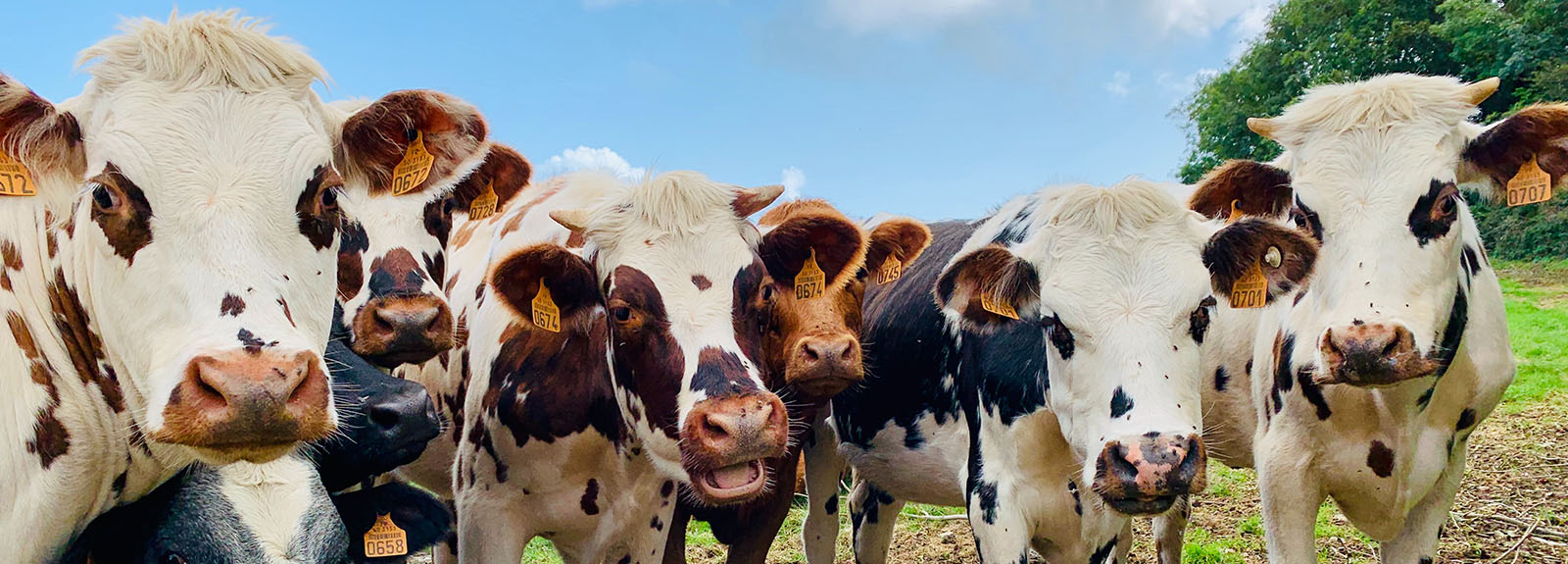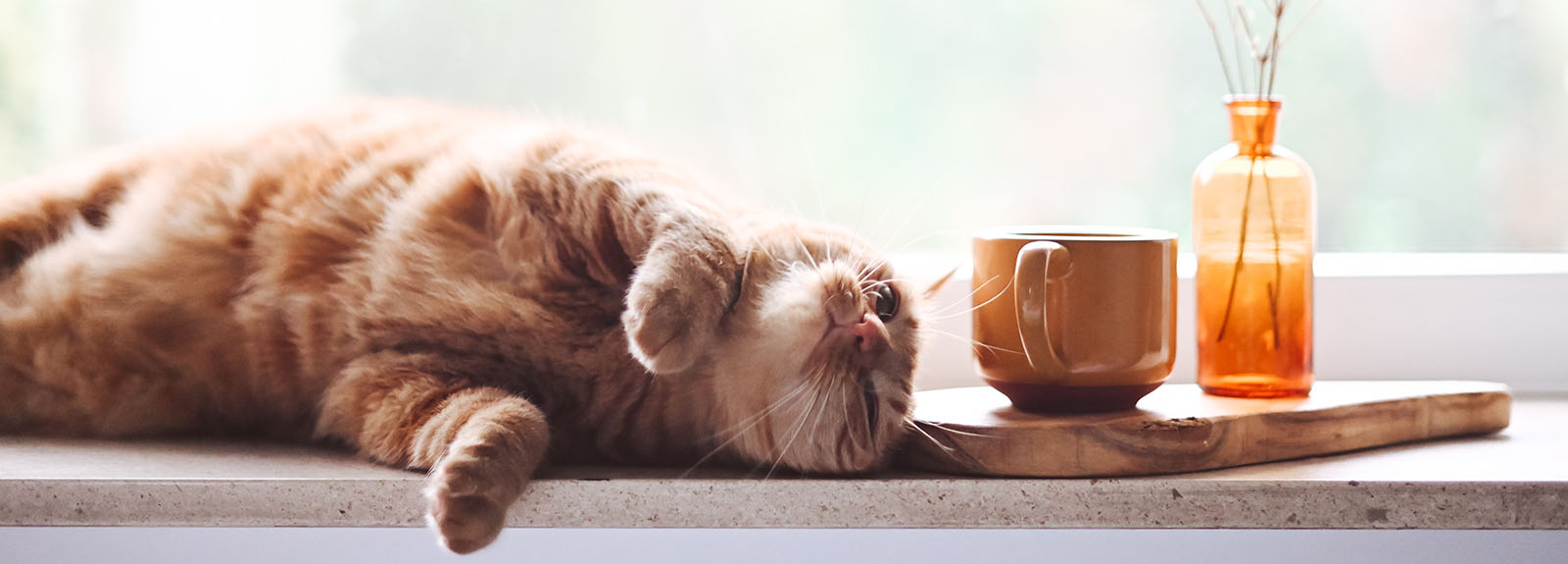- Can Animals Catch and Spread Coronavirus?
- Queen's University launches Covid-19 Research Roundtable video series
- Queen’s rising to the COVID-19 challenge: The importance of simulation in healthcare
- How much of the coronavirus does it take to make you sick? The science, explained by Dr Connor Bamford
- TEDxQueensUniversityBelfast: Adapt and Change
- Prepare to sleep and sleep to be prepared.
- Supporting Children in Isolation
- Supporting Pets During Lockdown
- Immunology and COVID-19: Shaping a better world podcast
- Global trading: the good, the bad and the essential
- Global food supply chains in times of pandemic
- The impact of lockdown on isolation and loneliness
- Cancer Care in the Era of COVID-19
- ‘Giant’ of astronomy to host live school lessons
- How the pandemic is further alienating the disabled community
- COVID-19 and Older People: Shaping a better world podcast
- Engaging your child to learn during lockdown
- Stay well: Our expert guide to wellbeing during lockdown
- Working parents are feeling the strain of lockdown
- How is coronavirus affecting animals?
- The Coronavirus Act: Where it Falls Short
- Economic rebirth after COVID-19
- Coronavirus and the new appreciation of teachers
- ‘Make room for fun’: home-schooling for parents
- Why a collaborative research culture is needed to address the COVID-19 challenge
- COVID-19: Don’t bank on a rapid economic recovery
- Explained: the importance of behavioural responses when implementing a lockdown
- COVID-19: Curbing a loneliness epidemic
- How soap kills the COVID-19 virus
- An expert’s guide to working from home
- How to exercise safely during a pandemic
- Five tricks your mind might play on you during the COVID-19 crisis
Can Animals Catch and Spread Coronavirus?
As part of a fascinating new podcast series, Dr Simon Doherty, a lecturer at the Institute for Global Food Security at Queen’s assesses the human-animal infection risk at various stages of the food chain.
Below are just some of the highlights from a new podcast episode in which he addresses some of your burning questions about farming, food and infection. You can listen to the full podcast here.
Q: Can you catch COVID-19 from eating meat?
“At this stage we don’t have any substantive evidence that livestock species play any significant role in the spread of COVID-19. A lot of studies across the globe are looking at how livestock species might have the right receptors to engage with the SARS-Co-V2 virus. We don’t think livestock are playing any significant role, either with regards to contracting the virus or to do with animal products. There is no epidemiological evidence that they play a significant role in spreading the disease,” explains Dr Doherty. The risk in meat processing plants - which have been dubbed incubators of the disease – is more likely to be through human infection and spread.
“It’s very much the case that we need to make sure we have all protections in place in abattoirs and meat factories to cut down the spread of disease in those premises,” he adds.

Q: Are farm and food processing plants hotbeds for the disease?
“Zoonotic diseases have been around for a very long time; we have always had diseases jumping between species. Humans are just another animal species. It makes sense that a lot of these pathogens will continue to jump around. What we then need to look at is how we as a human species interact with animals, making sure we handle food products safely, make sure we are cooking meat and dairy properly and storing them properly – those are the things we can do to minimise the spread of any pathogens,” says Dr Doherty
He adds, “At farm level, we are doing an awful lot around biosecurity and biocontainment. Biocontainment is keeping the infection on farm where it is present and stopping it spreading, keeping it under control. Biosecurity is a broader concept. It’s not just a bucket of disinfection at the farm gate. It goes far beyond that – the boundary around the farm, how waste is managed, lorries and contractors coming on and off the farm…. Farm staff leaving clothing at work and wearing different clothes home.”

Q: Are we at risk of more viruses jumping from animal to humans?
“Wet markets in the Far East have been a source of concern in relation to the spill over from wildlife to humans. We are not 100% sure of source of the COVID-19 virus in this instance, but we know it has probably come from bats to people somehow. Wet markets where live animals are kept until the point of slaughter and where hygiene is maybe not as good as it could be, those risks make it a critical control point for a virus like COVID-19.”
More broadly, the movement of wildlife species around the world presents high risk for human pathogens coming in contact with the public as part of the food chain and more must be done to control borders, suggests Dr Doherty.
He says: “It’s very much about control…Border inspection posts at European frontiers, looking for illegally imported meats to help reduce that risk for some of these diseases coming into the UK and infecting livestock and human populations… The health and welfare of animals at source, safety of animals at ports, the certification required, and who is qualified to carry out that certification….”

Q: Can you catch COVID-19 from a domestic dog or cat?
The good news is that at this stage in the pandemic, if pets were going to play a significant role in the spread of the disease, that would likely have been recognised by now.
“If you have an infected person at home with a cat, the likelihood is that the virus is going to be found on the cat,” says Dr Doherty. “But there is a difference between looking for the virus on the cat and the cat playing a significant role in the spread.”
For the latter to happen, the dog or cat would be ill in some way related to the virus, explains Dr Doherty. “What we would be looking for is to say that the dog or cat could replicate the virus and excrete the virus, that then becomes more of an issue.”
If you are experiencing COVID-19 symptoms and it is possible to be keep your cat or dog locked down with the rest of the family, you should. However, Dr Doherty says that keeping a pet indoors should be weighed against any potential welfare upset.
“Plenty of cats have breakfast from four or five different houses on the street, but could the cat be a fomite? Whether or not it could physical spread the disease comes down to hygiene. Wash your hands if you have fed the cat or dog to reduce the likelihood of the cat or dog bringing the virus next door,” he says.
For more insight on the impact of COVID-19 on animals, listen to the full podcast here.